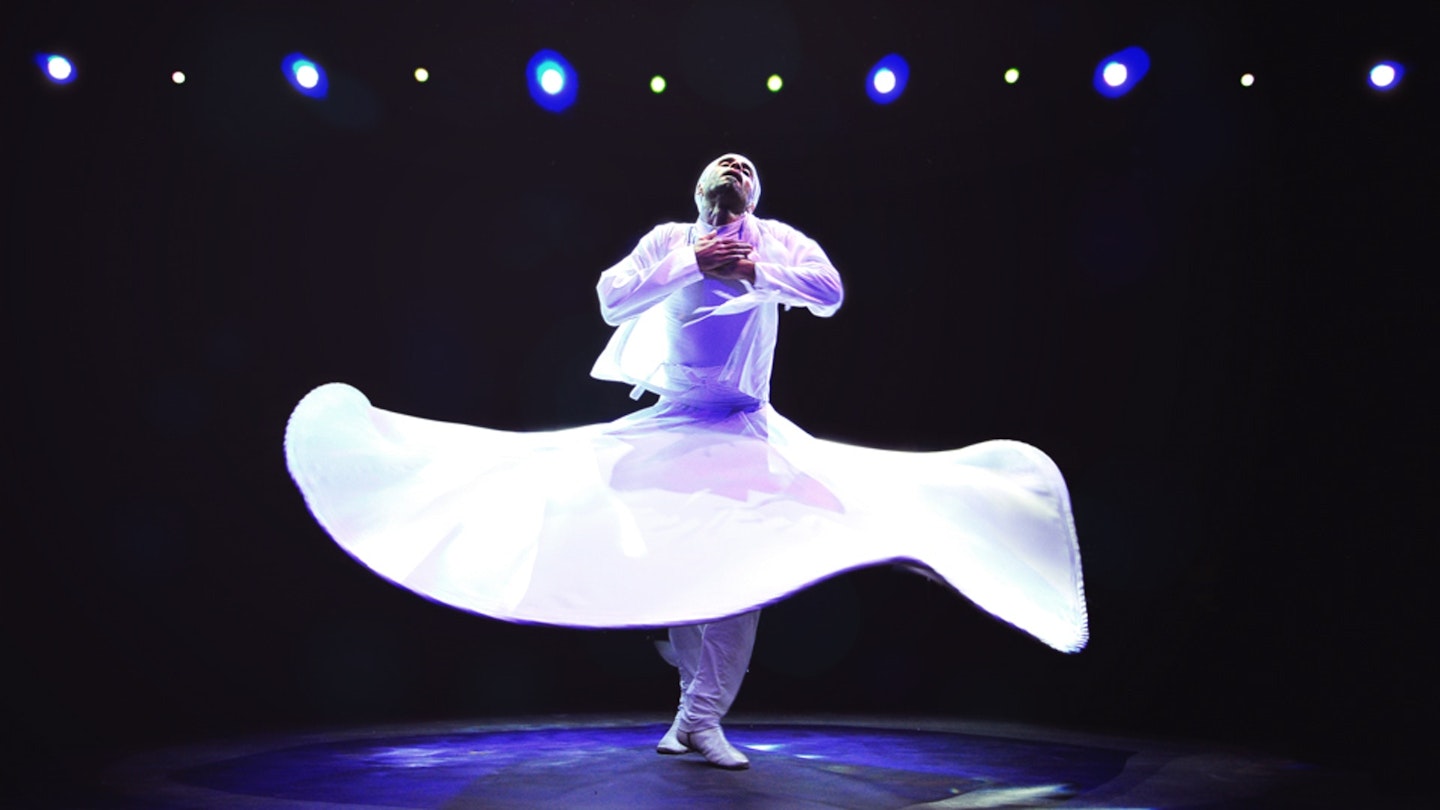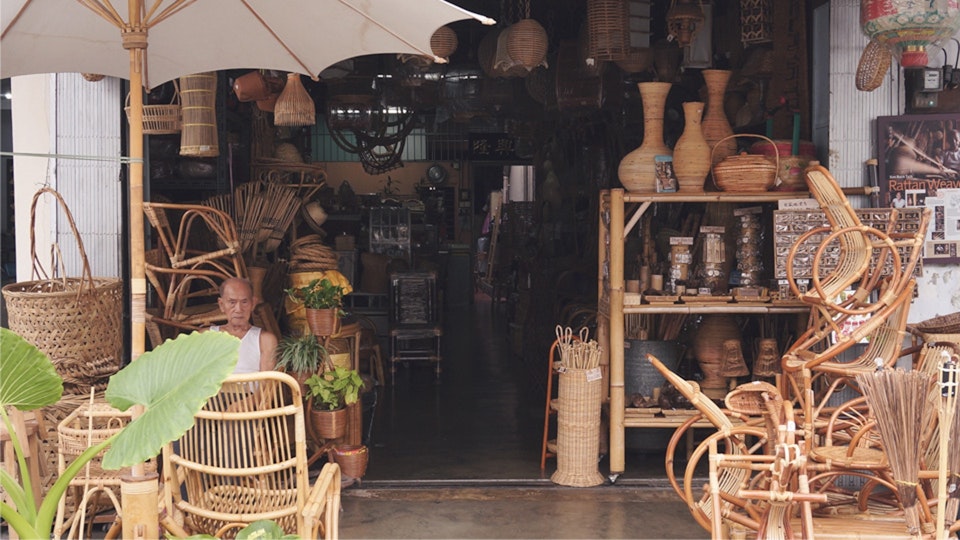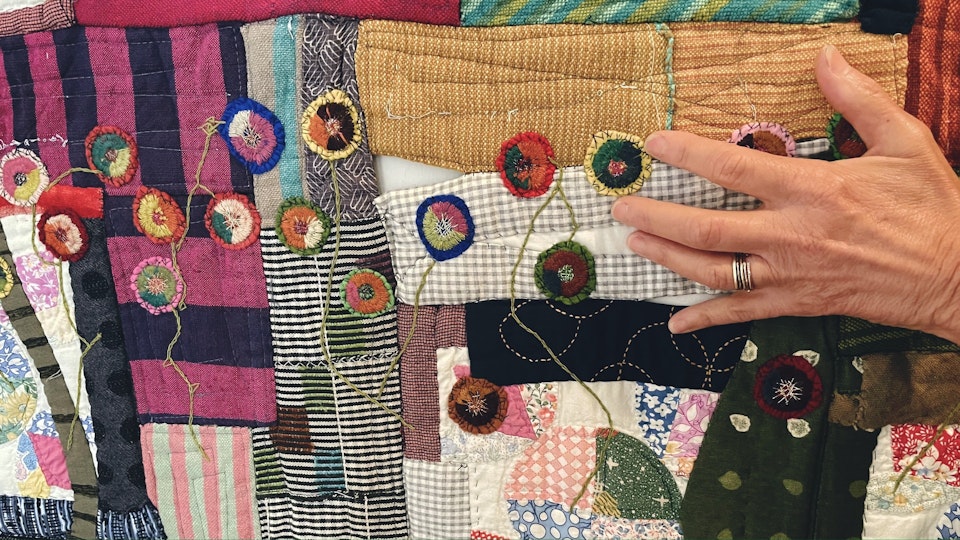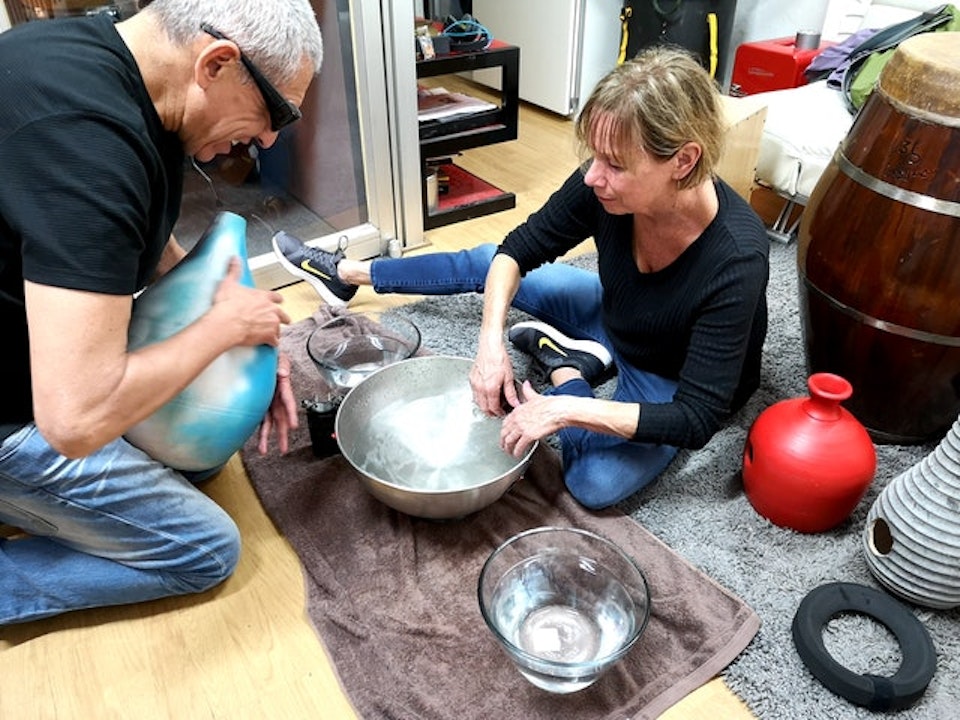July 04, 2022
Beyond Words: Experience Culture and Arts to Transcend Language

With over 100 artists in 27 countries, with crafts ranging from Sgraffito pottery in India to Contemporary dance in the Netherlands, it’s clear that here at VAWAA, we’re keen to celebrate and provide access to as many crafts and art forms as possible. While most VAWAA artists can speak English to some degree, that degree does vary. We’ve discovered that a basic level of English fluency, combined with Google translate and some hand/body gestures for support, usually does work wonders; plus, you get some hilarious, unexpected moments!
Nevertheless, we understand the concerns that arise. Some worry that they won’t get the most out of the experience without their entire vocabulary at their disposal. We’ve been asked this question a few times, “How do guests and artists understand each other if they don’t speak the same language?”
The idea of a language barrier taps into our fear of being alone, separated, a fish out of water. But in the water, there are gentle currents… stories.
Once you’re in the environment, working and learning the steps many have learned before, you can empathize and connect with a history and an ongoing journey without a verbal lesson. We still find ourselves invested in the stories that lie behind the craft. Be they the micro stories, families adorning their homes with hand-woven pieces, or the macro story, of ancient craft persevering despite the overwhelming speed of modernity.
Rattan Weaving with Sim in Malaysia
Instead of creating an obstacle out of our fear of the unknown, by changing our perceptions, we may find that this so-called language ‘barrier’ is a means for more profound exchange. The idea that a mini-apprenticeship that lacks fluent verbal dialogue is lacking in depth could not be further from the truth. It could very well be the opposite.
Even with an artist who speaks the same language as you, when it comes to imparting knowledge of the craft, it’s all about seeing and doing hands-on. Words aren’t so necessary when it comes to arts and creativity. The intuitive approach runs through the fiber of our being.
In the heart of Los Angeles, textiles artist Debra lets the fabrics guide her. She feels through the varying textures and colors, drawing them together like you would the pieces of a story. When you explore through this meditative process of layering and hand-stitching, any mistakes made, milestones reached, or techniques perfected are woven into a personal story. It’s all beautifully visible in the final piece, mirroring our individual self, the experiences we go through in life, and what we gain from them. We end up being able to share so much more, and with so much more nuance and complexity than we typically would verbally.
Transcending language through art is not some ultra-challenging intellectual or spiritual feat. It’s instinctive, and we’ve already had ample experience as children. Children naturally elaborately world-build and lose themselves in collaborative stories through play. They don’t need to verbally explain and plan everything. Expression is what is key; verbally articulating and plotting meaning is not.
With the artform as the only common medium, people inevitably create their alternative language around the practice. It can help focus during the learning process, as everything is truly oriented around the art. We become immersed in such a way that we let go of our usual mental patterns and language models. Our minds are opened, and we find new pathways to deeper understanding.
From Judith's VAWAA, learning Percussion with Alvaro in Barcelona
As Jhumpa Lahiri writes, “I believe what can change our life is always outside of us.” Finding yourself in a new environment, hearing only an unfamiliar language, can be an opportunity to dive deeper and revel in the mystery. You realize you’re not a fish out of the water; you’ve just allowed the tides to take you in deeper.
Explore all mini-apprenticeships, and be sure to come say hey on Instagram. For more stories, tips, and new artist updates, subscribe here.


